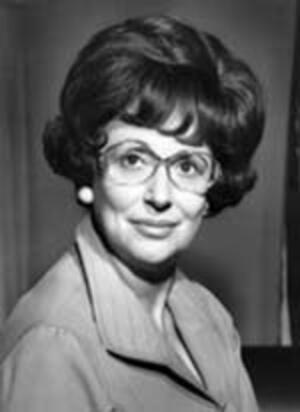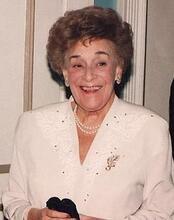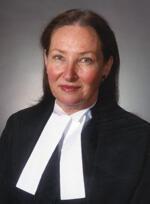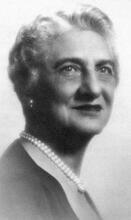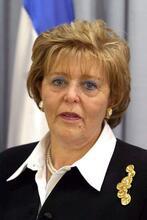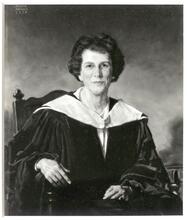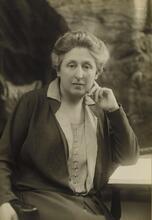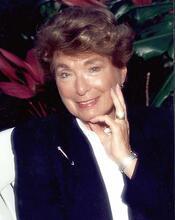Gladys Noon Spellman
During her five years in Congress, Gladys Noon Spellman was a voice for fiscal reform. Elected to Congress in 1975, she and served on the Committee on Banking, Currency and Housing, the Democratic Steering and Policy Committee, and the Committee on Post Office and Civil Service. Her service in the U.S. Government coincided with a period of American politics in which Jews were becoming increasingly visible, both as voters and as elected officials. As a minority figure wielding power on the political scene, Gladys Noon Spellman was a model for both Jews and women in America.
Article
Gladys Noon Spellman, whose participation in American politics culminated in her service as a Democratic congresswoman for over seven years, was born Gladys Blossom Noon to Henry and Bessie G. Noon on March 1, 1918, in New York City. After attending public schools in New York and Washington, D.C., she studied at George Washington University and then at the graduate school of the United States Department of Agriculture.
Settling in Maryland, Spellman taught in Prince George’s County schools. From 1962 to 1970, she was a member of Prince George’s County board of commissioners, serving as its chair beginning in 1966. Also in the same period, she headed the board of trustees of Prince George’s General Hospital. In 1967, President Lyndon B. Johnson appointed her to the Advisory Commission on Intergovernmental Relations. She served as the county’s councilwoman at large from 1971 to 1974 and was president of the National Association of Counties by 1972.
Having aligned herself with the Democratic Party (as most American Jews of the time did), Spellman was elected to the Ninety-Fourth Congress of the United States from the Fifth Maryland District and began her service on January 3, 1975. She was reelected to the next three congresses. On October 31, 1980, Spellman was stricken with a heart attack while campaigning for a fourth term. She overwhelmed Republican Kevin R. Igoe at the polls four days later, but she remained semiconscious. On February 24, 1981, her seat was declared vacant by the House since she was unable to discharge the duties of her office.
Although she reached the pinnacle of her political career as a congresswoman, Spellman was also active in state politics. Among the numerous positions she held with the Maryland state government were chair of the Maryland State Comprehensive Health Planning Advisory Council, vice chair of the governor’s Commission to Determine the State’s Role in Financing Public Education, vice president of the Metropolitan Washington Council Government, and member of the governor’s Commission on Law Enforcement and Administration.
Spellman lived in Laurel, Maryland, until her death at age seventy on June 19, 1988. She was married to Reuben Spellman, with whom she had three children: Stephen, Richard, and Dana Spellman O’Neill. She was buried in Arlington National Cemetery.
By the time she left Congress in 1981, Spellman was one of twenty-seven Jews in the House of Representatives—an increase of five over the previous election. Her service in the U.S. Government coincided with a period of American politics in which Jews were becoming increasingly visible, both as voters and as elected officials. As a minority figure wielding power on the political scene, Gladys Noon Spellman was a model for both Jews and women in America.
United States Congress. Biographical Directory of the United States Congress 1774–1989: Washington DC: United States Congress, 1989.
Temkin, Sefton P. “Spellman, Gladys Noon.” In Encyclopedia Judaica Decennial Book 1973-1982, edited by Fern Seckbach. Jerusalem: Keter Publishing House, 1983.
Who’s Who in American Politics. Chicago: Marquis Who’s Who, 1981.
WWIAJ (1980).

